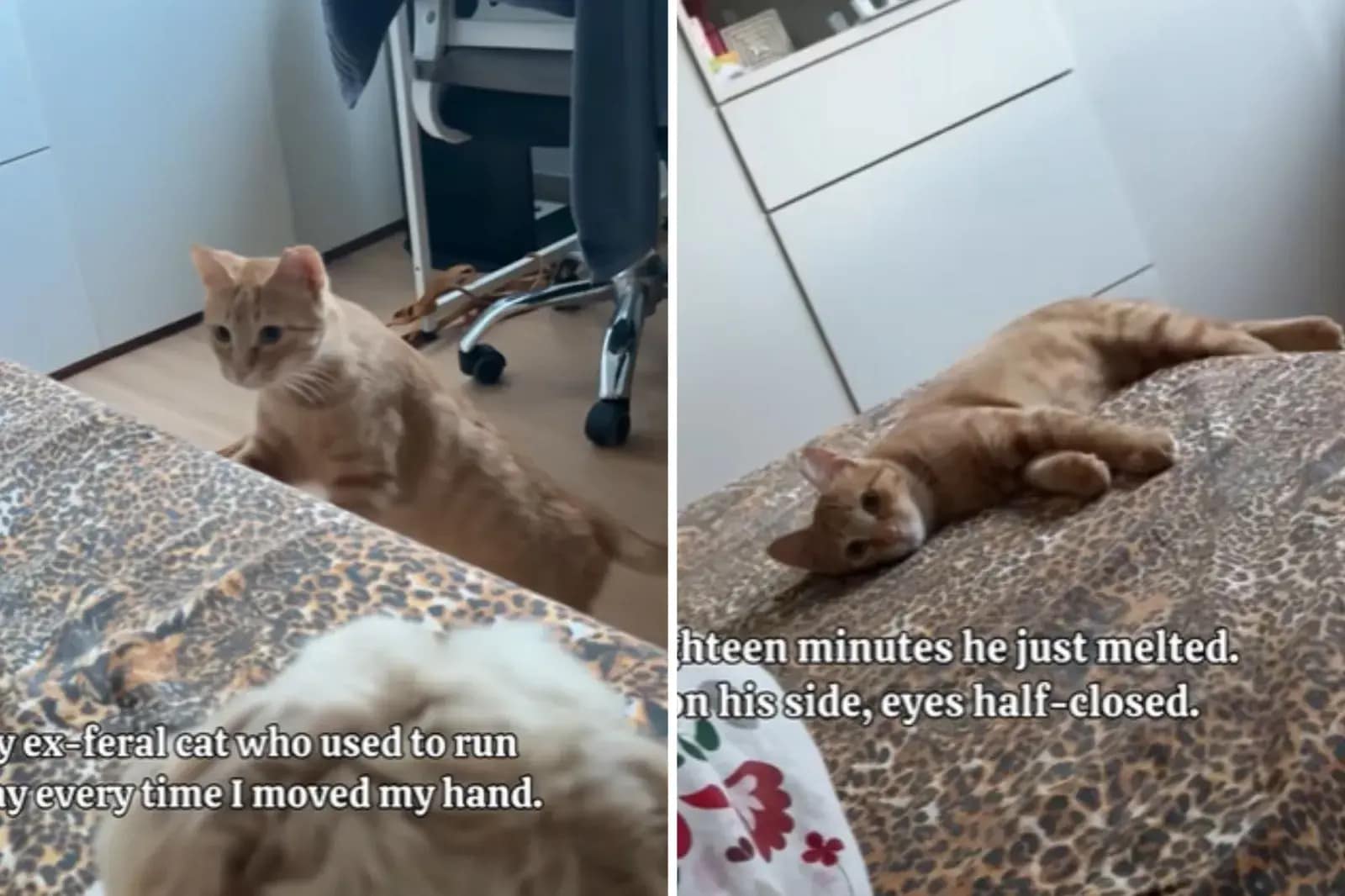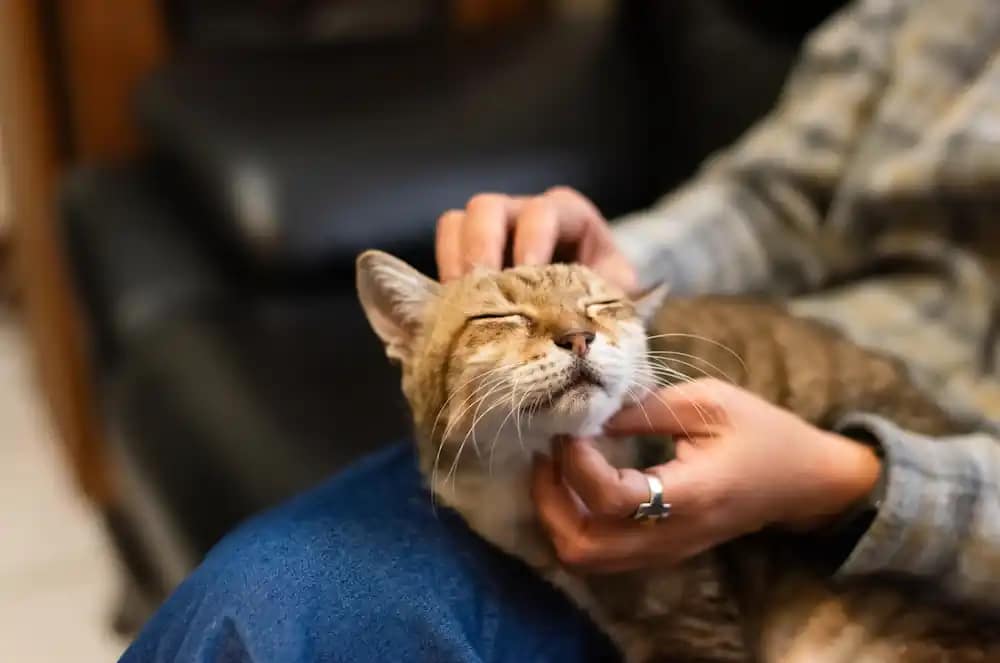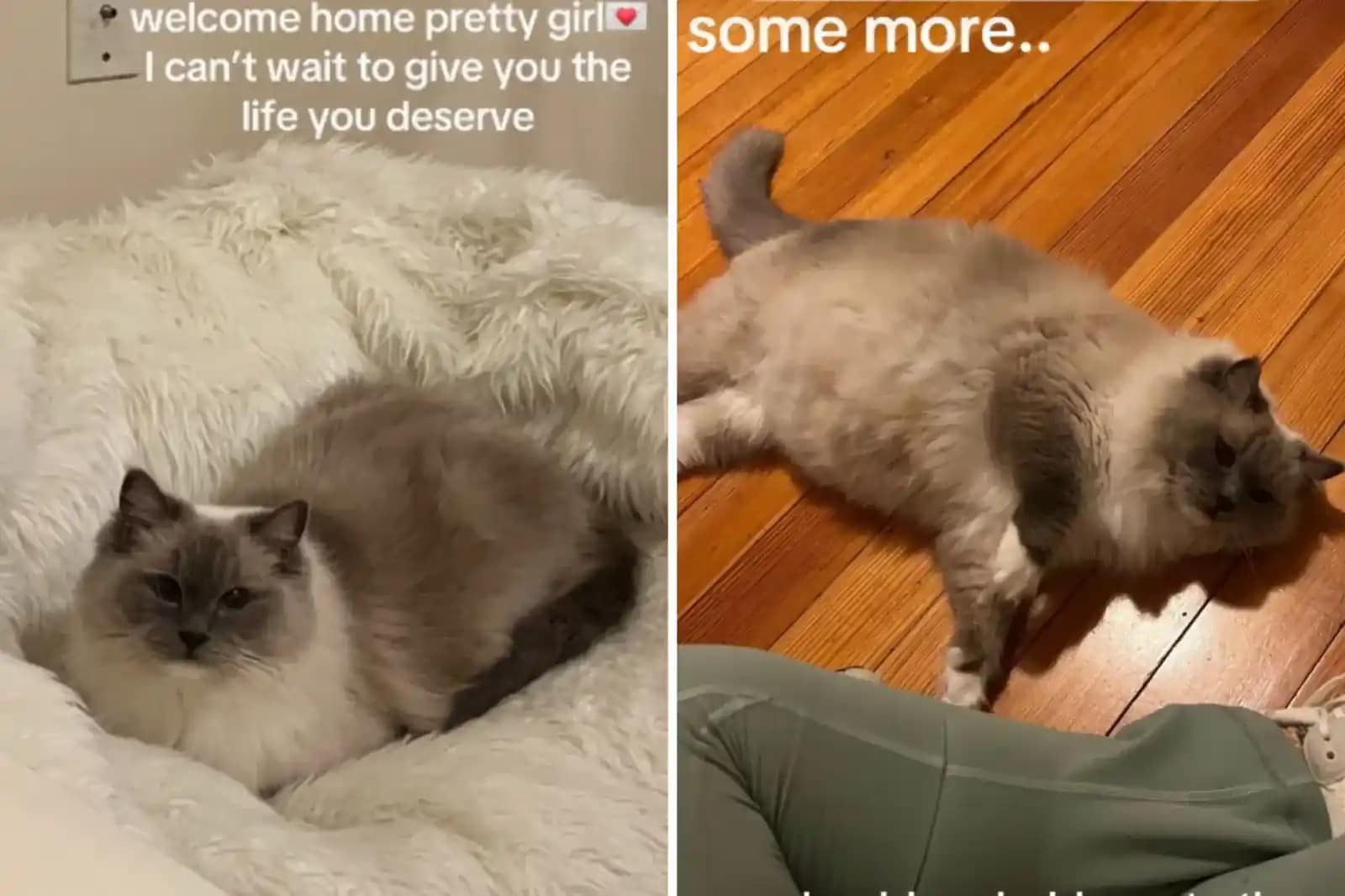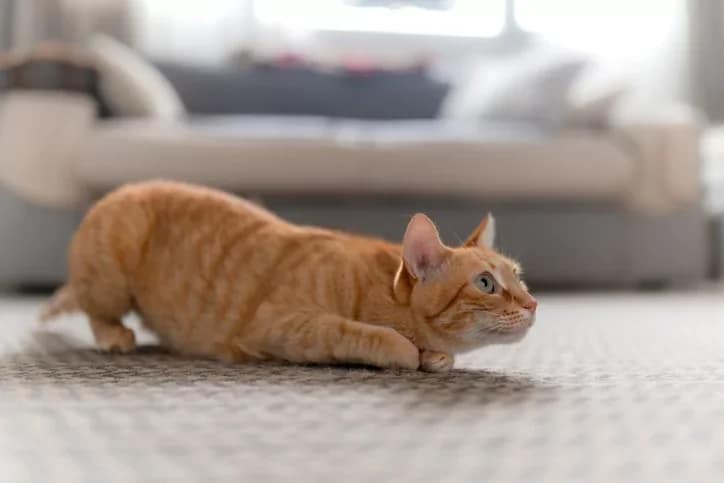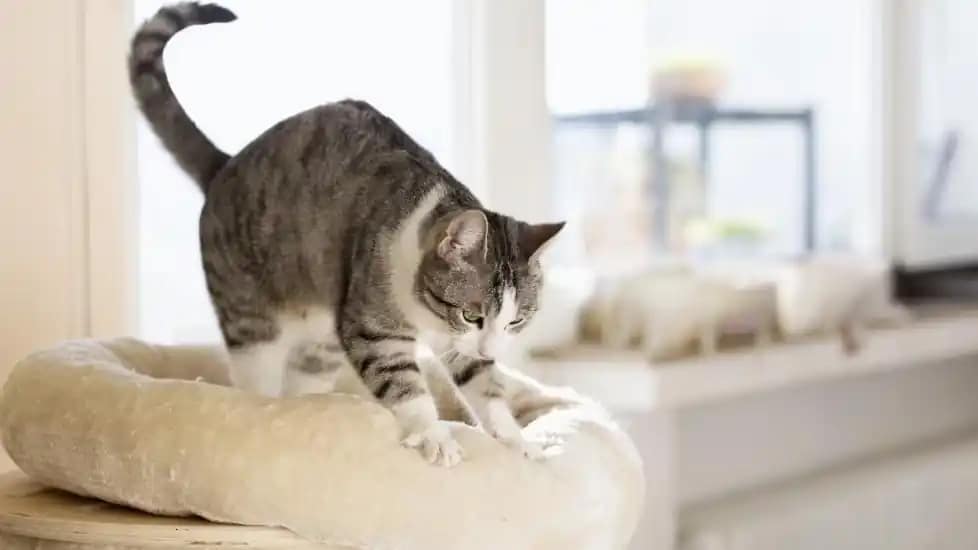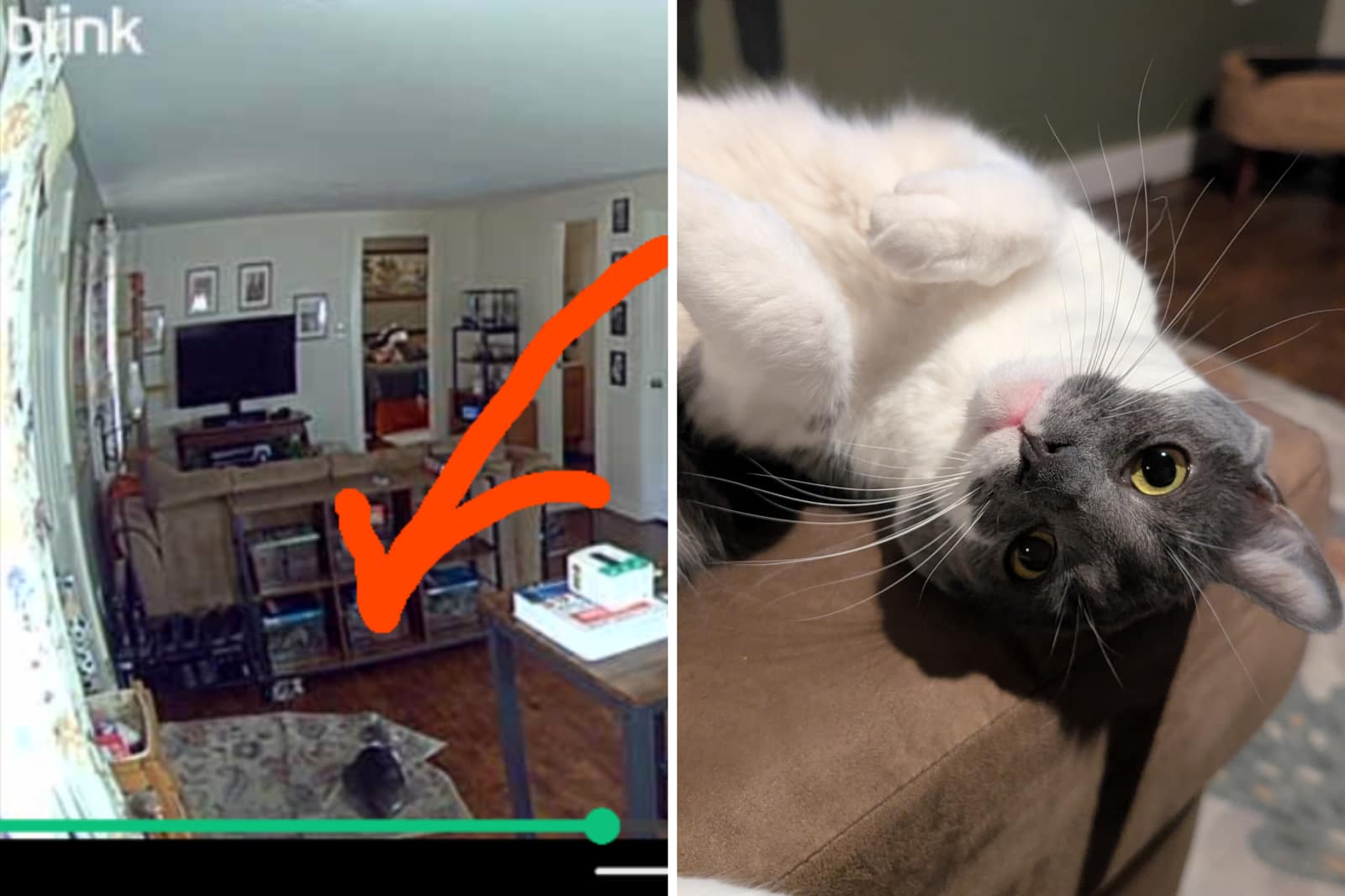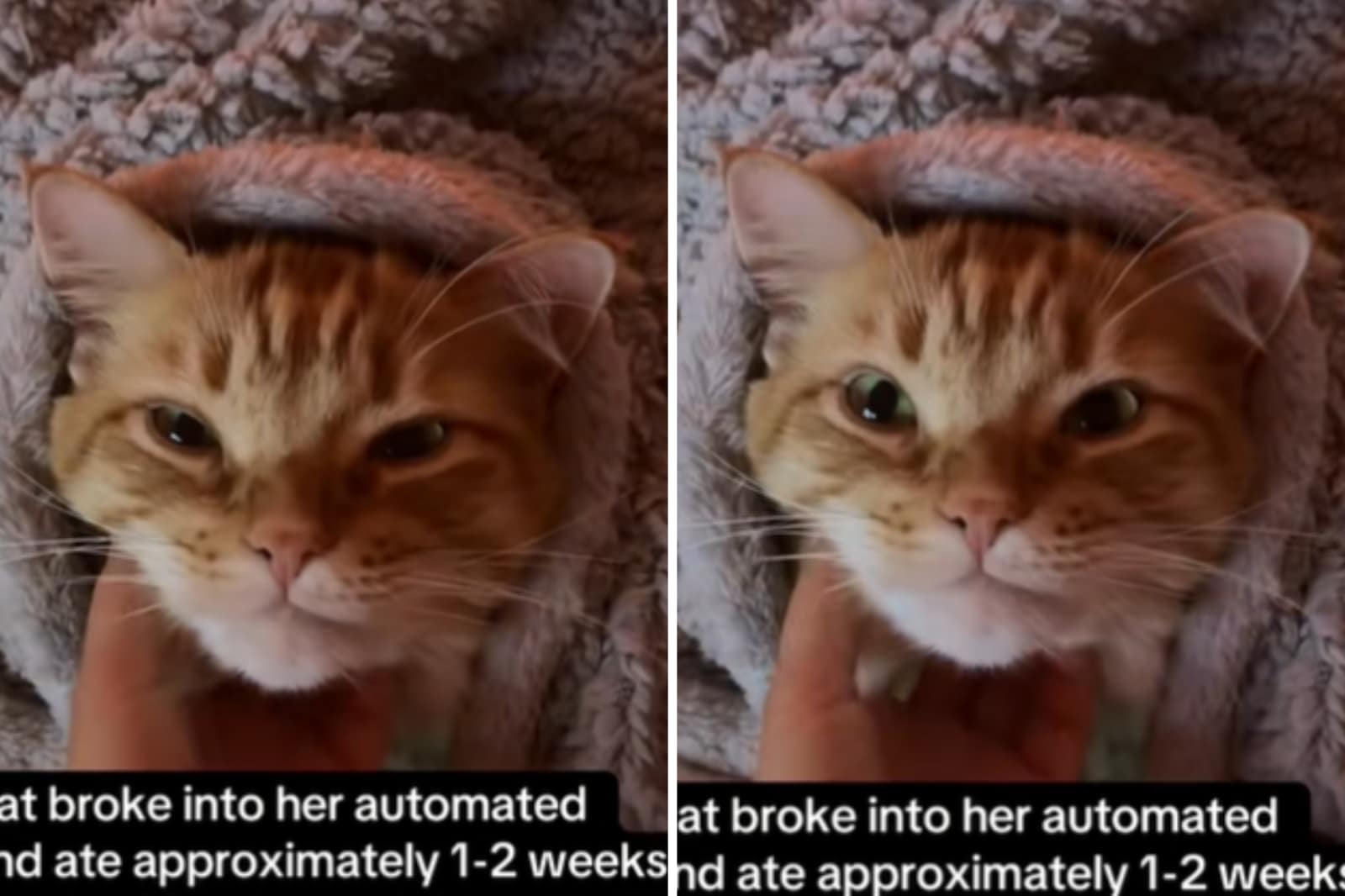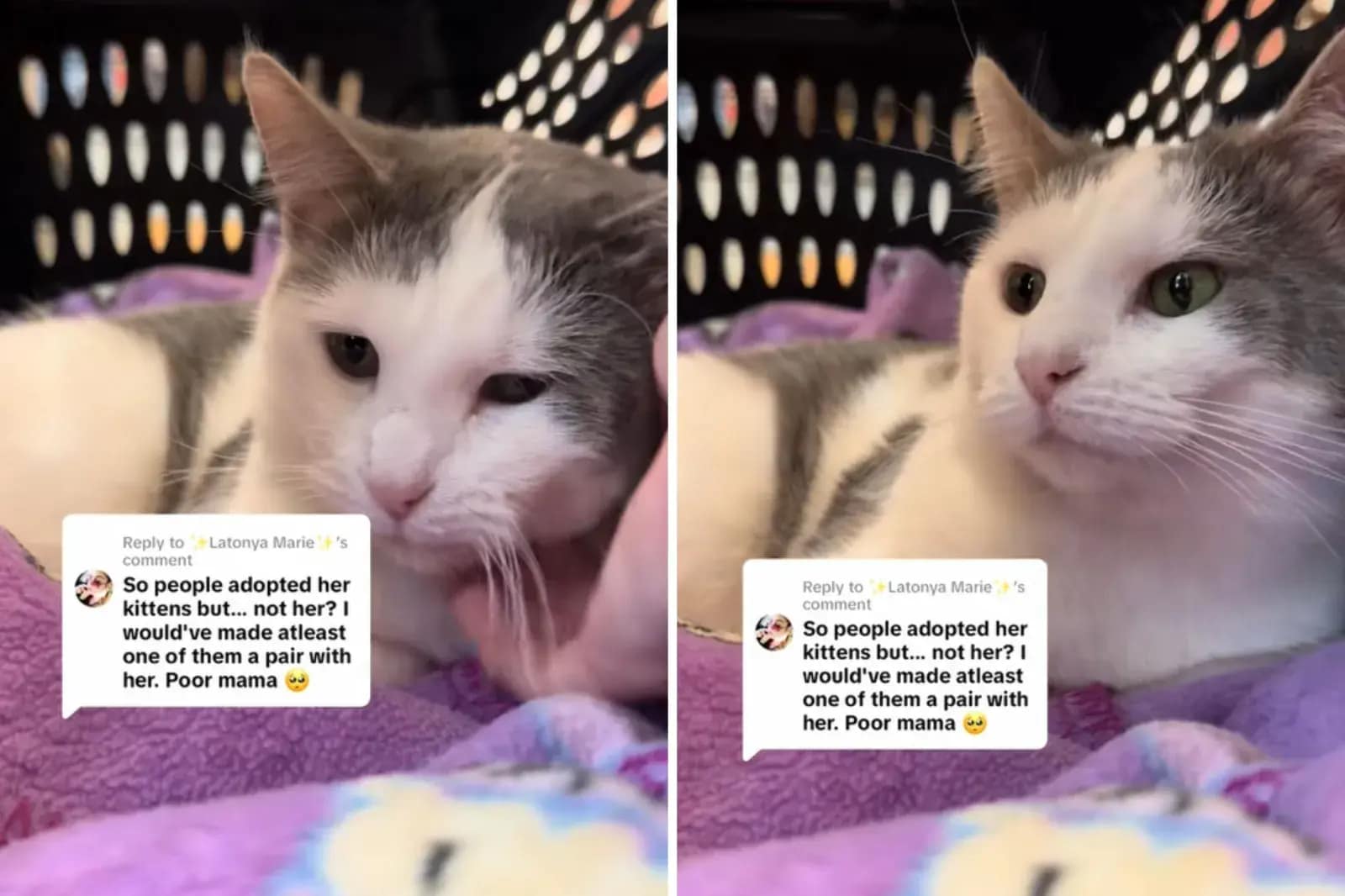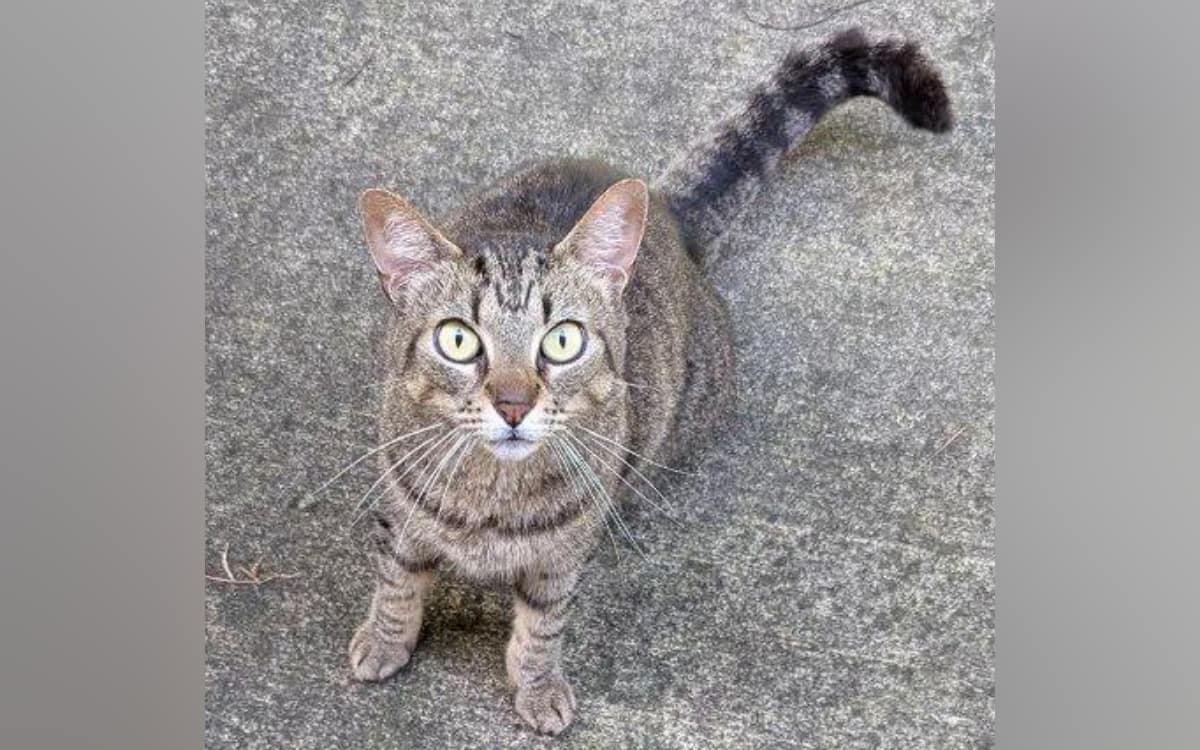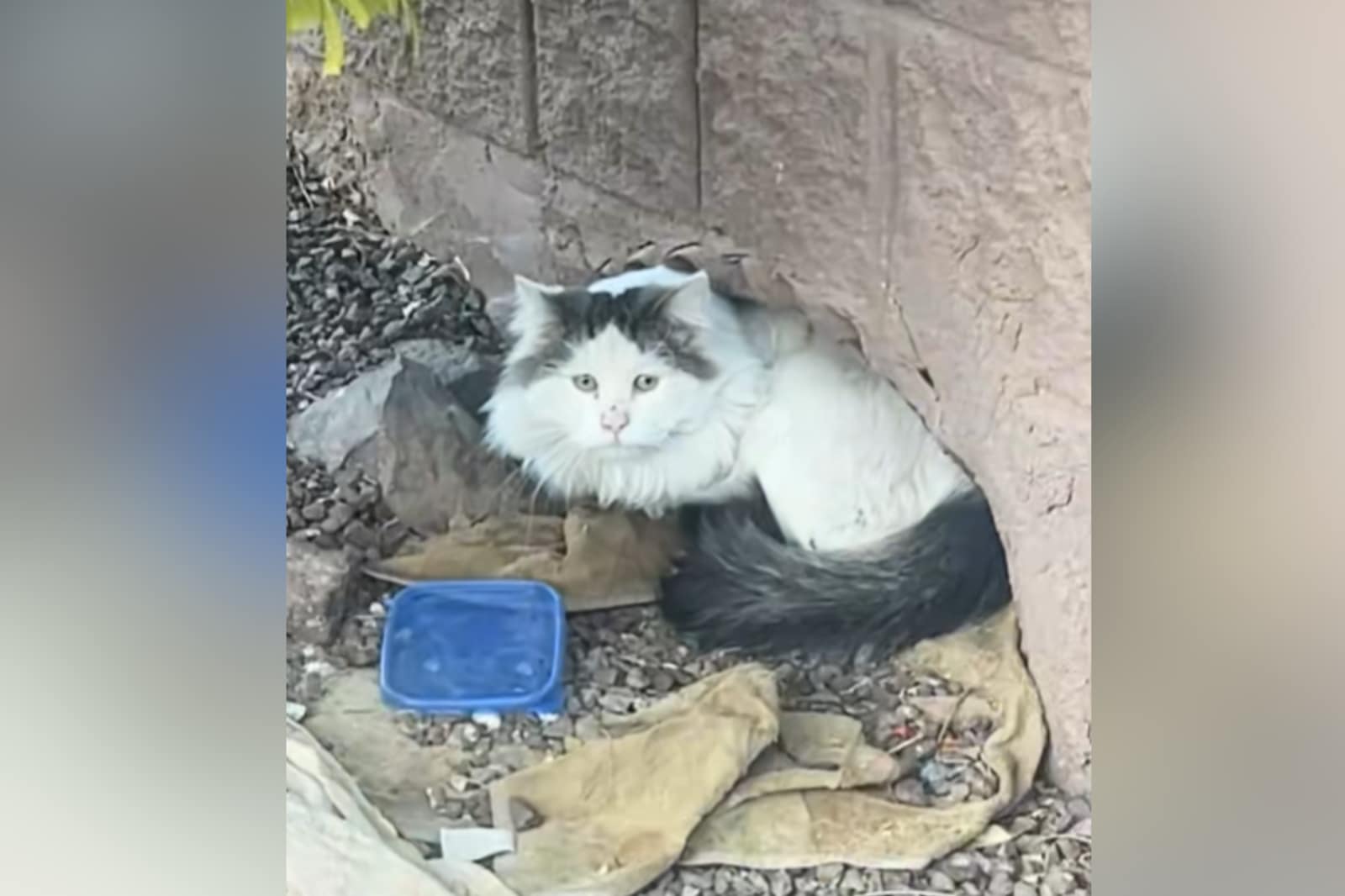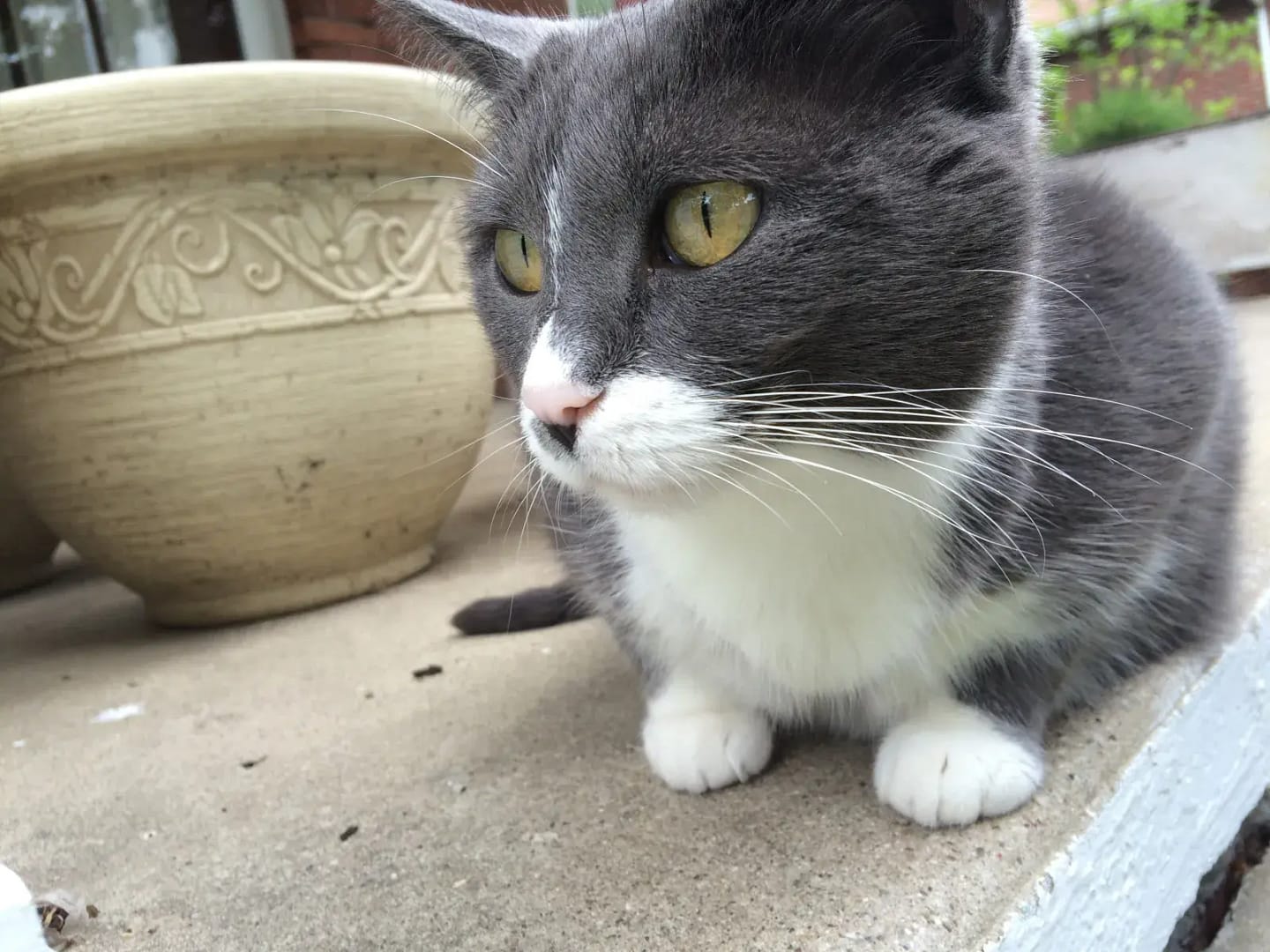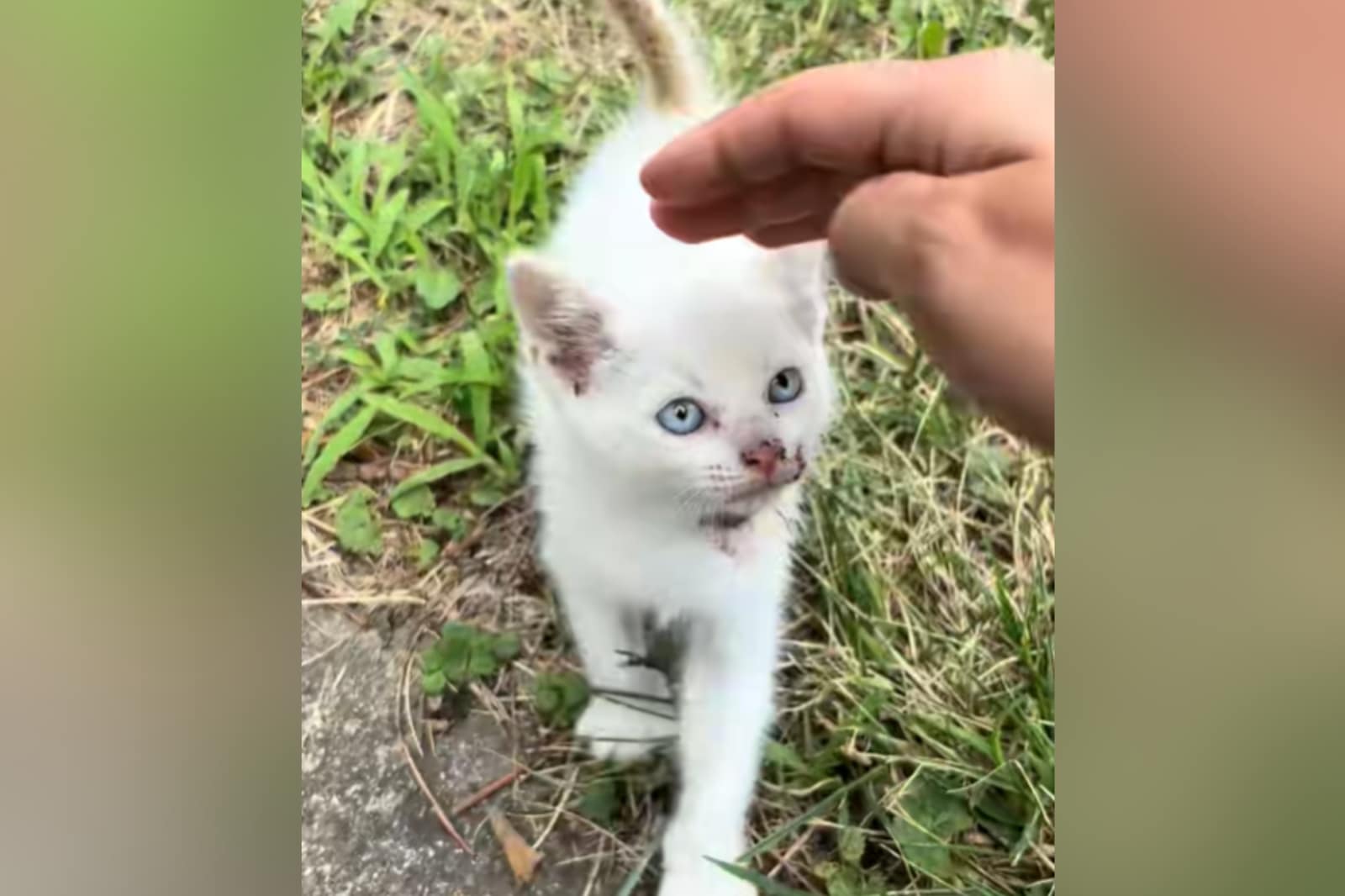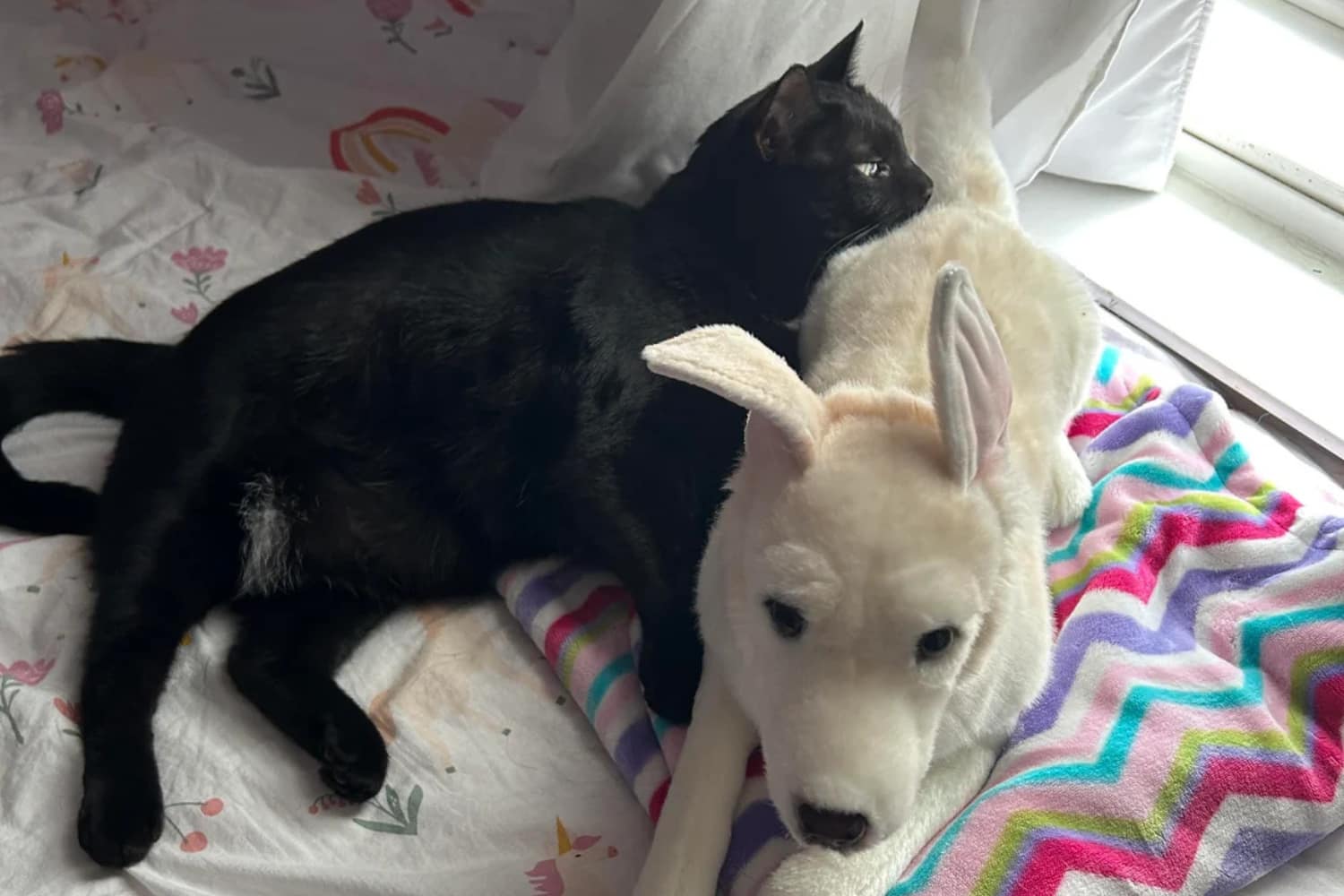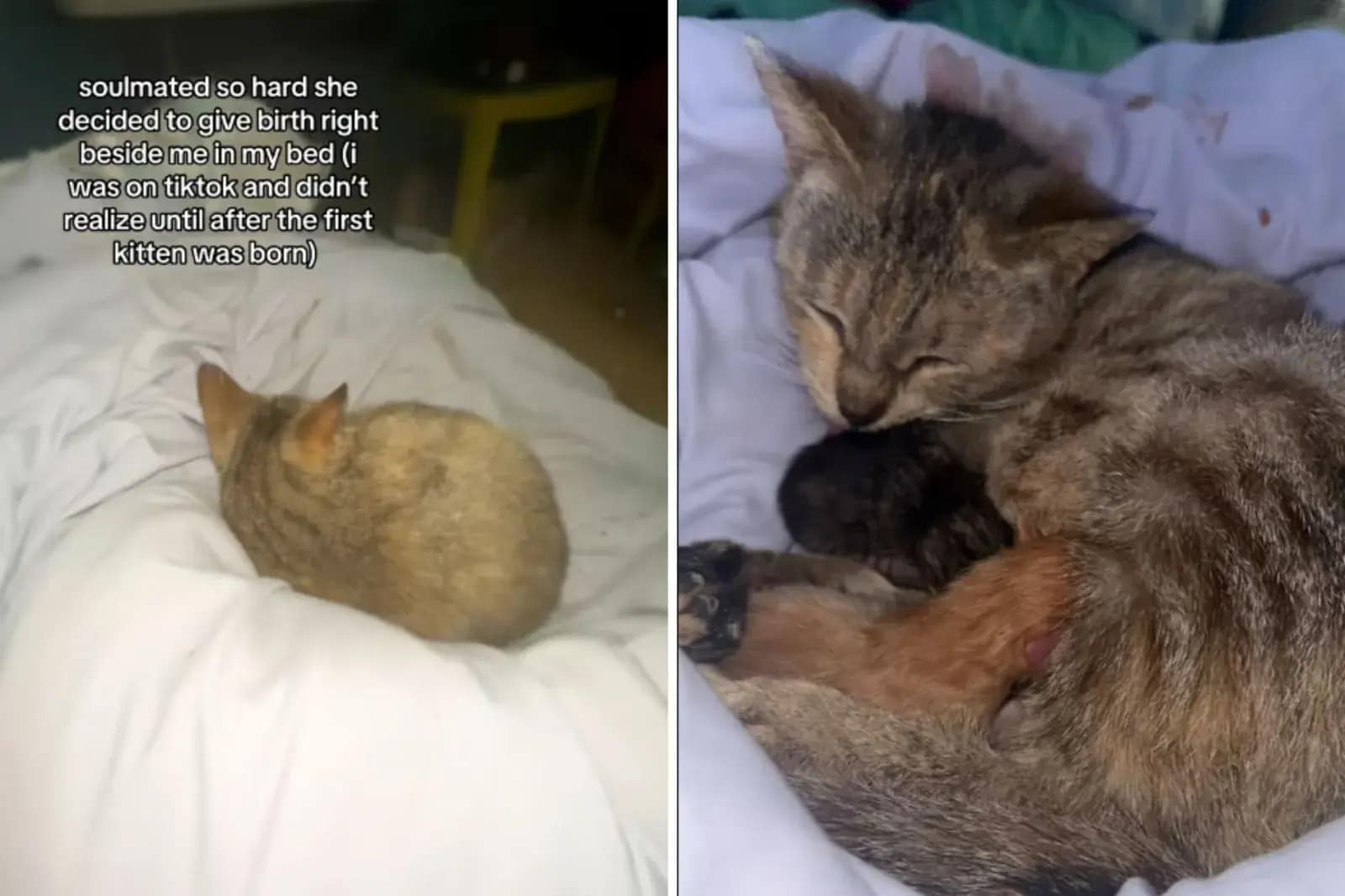As cat parents, we’ve all held our breath during those early days with a rescue—waiting for that first tentative head bump or relaxed blink that says, “I think I can trust this.” For one devoted rescuer in South Korea, 39 days of quiet kindness led to a breakthrough so tender, it had us misty-eyed and cheering for her orange stray, Cheese.
A Feral’s Journey from Streets to Snuggles
Spotting Cheese huddled in her garden, @mystraycheese knew he needed a shot at the good life. South Korea’s cat scene has come a long way—once viewed as sneaky nuisances or bad omens, felines now benefit from trap-neuter-return programs, tougher cruelty laws, and better welfare guidelines, per The Korea Herald. But for this wary street cat, home wasn’t an instant purr-fect fit.
As any rescue-savvy pet parent knows, ferals need time to unwind their survival instincts. Cheese was cautious but curious, eyeing her from afar. “I could tell he was still interested,” she shared with Carinhoso. No rushing—just consistent meals, soft words, and space to decide. Pet adoption trends like this show how patience pays off, turning skittish strays into lap lovers.
@mystraycheese It took feral Cheese 39 days💔 #catoftiktok #rescuedcat #catstory #catslovers #adoptdontshop
♬ Rescue – Lauren Daigle
The Breakthrough: 39 Days to Bedside Bliss
In her October 8 TikTok, @mystraycheese captured the magic: Cheese, after weeks of watchful waiting, leaps onto her bed—the first time he’d chosen her space. Tense at first, he kept distance from her and the gentle family dog, but nine minutes in, he settled. By minute 18? Full melt mode. He dozed for nearly 30 minutes, a tiny orange puddle of peace.
“I was surprised he came to my bed for the first time and actually lay down,” she recalled. “I predicted he’d watch a little and jump back… But he analyzed for 10 minutes, and I didn’t move or talk.” As cat parents, that frozen “don’t scare him” stance is universal—we’ve all skipped a breath for those milestones.
Since then, Cheese’s glow-up continues: First pets, trailing her to the kitchen, even shadowing food prep. One caption? “He follows me everywhere.” It’s the slow-build trust we adore in cat health news—proof that understanding a feral’s pace fosters bonds deeper than any quick fix.
Viewer Love: Cheers for Cheese’s Bravery and the Dog’s Grace
With over 436,500 views, 47,300 likes, and 736 comments, Cheese’s story struck a chord. TikTokers swooned over his courage and the dog’s intuitive calm:
- “Being so brave because he wanted comfort,” one gushed.
- “So proud of the kitty and the doggy. She understands the situation.”
- “These innocent creatures just want to love us. And trust us. It’s so cool to see this.”
These reactions remind us: In a world of fast fixes, slow rescues like Cheese’s inspire us to root for the underdogs (and undercats) everywhere.
A Pawsitive Takeaway: Trust Takes Time, But It’s Worth Every Whisker
Cheese’s 39-day thaw is a beautiful nod to the power of patience in pet adoption—especially for ferals craving safety on their terms. As cat parents, let’s celebrate these small victories and remember: Your steady presence might be the safe harbor they’ve been meowing for. If you’re fostering a skittish stray, keep the faith—one nap at a time, they’ll find their way to your heart.
PERGUNTAS FREQUENTES
How long does it typically take for a feral cat to trust a new home?
It varies, but 4-6 weeks is common for initial relaxation, like Cheese’s 39 days. Consistency with food, quiet spaces, and no pressure speeds things up.
What’s changing cat attitudes in places like South Korea?
Trap-neuter-return programs, anti-cruelty laws, and welfare education are shifting views from “troublemakers” to cherished companions—great news for rescues.
How can I help a cautious rescue cat feel safe faster?
Use pheromone diffusers, offer high perches for security, and let them approach on their terms. Patience is key—celebrate tiny steps like a first bed hop.

